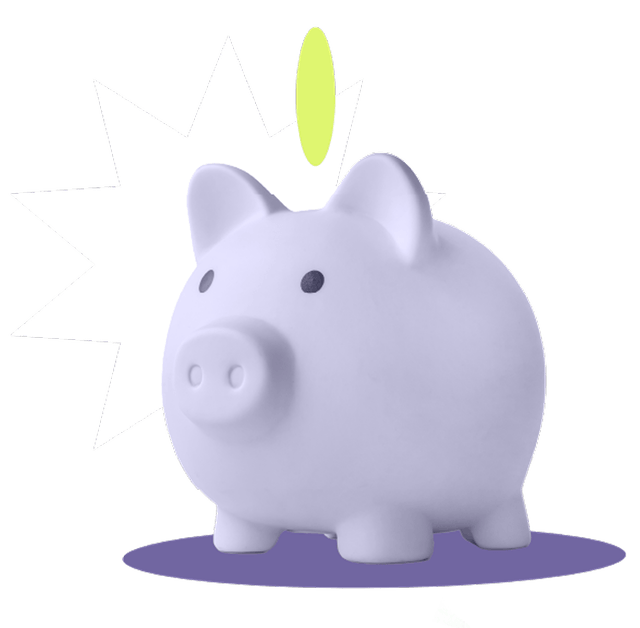
AI and the Retail Marketer’s Future
How AI transforms strategy and processes, driving the adoption of Positionless Marketing
Forrester: Optimove’s Total Economic Impact

In a world where consumer expectations evolve by the second, businesses must keep pace through personalized, real-time, and adaptive strategies. Enter dynamic marketing, a transformative approach that allows brands to deliver highly relevant messages to each customer at the right moment.
This comprehensive guide explores dynamic marketing, how it works, why it matters, and how to implement it effectively. From dynamic content marketing to practical execution strategies and real-world examples, this blog is your complete resource for staying competitive in today’s fast-moving landscape.
Dynamic marketing is an adaptive marketing approach that uses real-time data and automation to personalize content, offers, and experiences across channels based on individual customer behavior. Unlike traditional static marketing, which delivers the same message to all audiences, dynamic marketing tailors each interaction based on who the customer is, what they’ve done, and what they’re likely to do next.
The core components of dynamic marketing include:
Together, these elements allow marketers to create more relevant and timely campaigns, leading to better overall performance.
Dynamic content is the building block of dynamic marketing. It refers to content automatically changing based on user data, behaviors, or preferences.Dynamic content is the building block of dynamic marketing. It refers to any piece of content that automatically changes based on user data, behaviors, or preferences.
Types of Dynamic Content
Technically, dynamic content relies on a marketing platform or content management system integrated with a Customer Data Platform (CDP). When users interact with a brand, the system evaluates their profile, behavior, and history. It then dynamically serves relevant content. This process often happens in milliseconds.
Dynamic content is not just about personalization. It is about orchestrating experiences that evolve alongside the customer. That is what transforms dynamic content into a proper dynamic marketing strategy.
Why should businesses invest in dynamic marketing strategies? The benefits go far beyond vanity metrics. They directly impact key business outcomes.
First and foremost, dynamic marketing strategies increase engagement and conversion rates. When customers receive relevant messages that reflect their preferences, behaviors, or stage in the journey, they are more likely to take action.
Second, personalization improves the overall customer experience. By delivering the right content at the right time, dynamic marketing ensures that every touchpoint feels meaningful and useful, building brand trust and loyalty.
Dynamic marketing also delivers measurable business impact:
To illustrate the power of dynamic marketing, here are a few real-world examples across industries:
Some B2B companies also use dynamic content to tailor landing pages, email cadences, and ad experiences based on industry, company size, or buying stage.
Implementing dynamic marketing is not about one tool or tactic. It is a framework that involves five foundational steps.
Your dynamic marketing strategy is only as good as your data. Start by consolidating data across web, app, CRM, and third-party sources into a unified customer profile. A real-time customer data platform (CDP) like Optimove is critical for this step.
Design flexible templates for emails, ads, web pages, and product recommendations. These templates should support modular content that adjusts automatically based on variables like behavior, location, or lifecycle stage.
Use automation to define conditions under which dynamic messages are sent. Triggers could be based on cart abandonment, inactivity, high-value actions, or personalized lifecycle stages.
Dynamic content is not a set-it-and-forget-it strategy. Run A/B and multivariate tests to refine dynamic elements. Let algorithms iterate and improve automatically based on performance data.
Track KPIs such as open rates, click-through rates, conversions, and revenue impact. Use these insights to scale dynamic marketing across more channels, segments, and experiences.
Dynamic marketing is most effective when implemented with care and strategy. Here are some best practices to guide your journey:
Optimove’s Positionless Marketing Platform gives marketers the power to implement dynamic marketing strategies at scale without the bottlenecks of traditional marketing roles.
Optimove enables this through:
One example: Optimove clients have seen campaign output increase by over 300 percent while also improving personalization quality and reducing execution time. That is the power of positionless, dynamic marketing in action.
Dynamic marketing is not just the future. It is already the present. It enables brands to meet the rising expectations of modern consumers with relevant, real-time, and adaptive experiences. To succeed, marketers need the right strategy, the right mindset, and the right technology.
Dynamic marketing transforms one-size-fits-all campaigns into personalized journeys that drive real results.
For more insights on dynamic marketing strategies, contact us to request a demo.
Forrester: Optimove’s Total Economic Impact
The Forrester Total Economic Impact™ Study shows that Optimove’s Positionless Marketing Platform drives an 88% boost in campaign efficiency.


Dafna is a content marketing manager and writer who generates branded content for online industries, specializing in lead generation, SEO, CRM, and lifecycle stage marketing.
With over ten years of professional writing experience, she helps brands grow and increase profitability, efficiency, and online presence. Dafna holds a B.A. in Persuasive Communications from Reichman University (IDC Herzliya).


